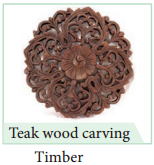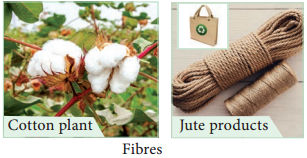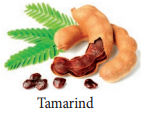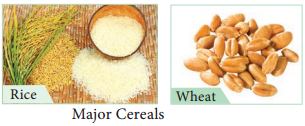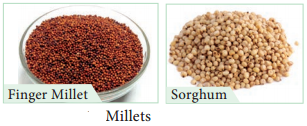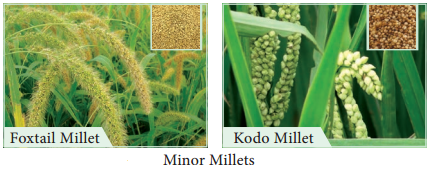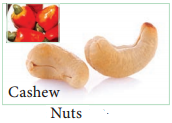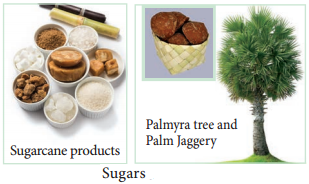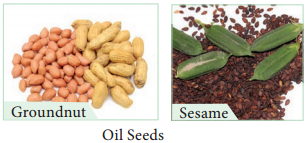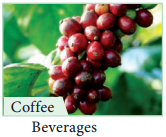Learninsta presents the core concepts of Biology with high-quality research papers and topical review articles.
Latex Definition and Its Uses
Botanical name: Hevea brasiliensis
Family: Euphorbiaceae
Origin and Area of cultivation:
It is a native of Brazil and was introduced outside its native range during the colonial period and has become an important cash crop. Asia contributed 90% of the world production. Kerala is the largest producer in India followed by Tamil Nadu.

Uses
Tyre and other automobile parts manufacturing industries consume 70% of the rubber production. Rubber is used in manufacturing footwear, wire and cable insulations, raincoats, household and hospital goods, shock absorbers, belts, sports goods, erasers, adhesives, and rubber-bands Hard rubber is used in the electrical and radio engineering industries Concentrated latex is used for making gloves, balloons and condoms. Foamed latex is used in the manufacture of cushions, pillows and lifebelts.
